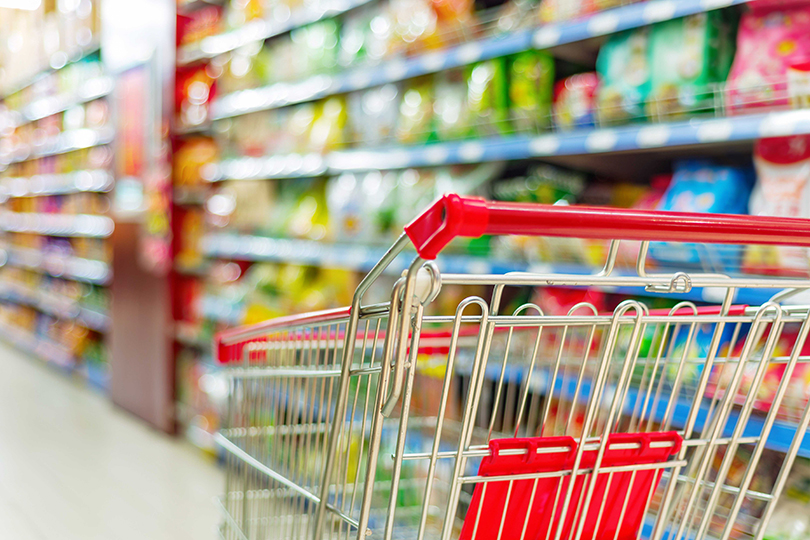By Jennifer Whitlock
Field Editor
Food inflation has been high the past two years, but the U.S. Department of Agriculture (USDA) Economic Research Service (ERS) said in its latest Food Price Outlook the increase in food costs should normalize to around 2.5% in 2022.
Last year at the height of the COVID-19 pandemic, food prices rose 3.4%, the biggest increase in nine years. The “pandemic effect” is still being felt to a lesser degree in 2021 as the economy continues to recover.
Meat prices continue to be a leader in food price increases, surging 3.5% in 2020 and 2.8% from May to June in this year alone. Beef had the highest percent change from May to June at 5.3% and pork rose 4% over the same period.
After seeing wild swings in 2020, eggs and dairy products have leveled out and even decreased in price slightly in recent months. The cost of eggs and dairy in 2020 rose 4.3% and 4.4%, respectively. Current year-to-date price increases are now a modest 1% and 0.8%, indicating a stabilization of those sectors as food-at-home purchases return to a more “normal” pace.
Other goods that saw a large price increase last year and have normalized this year include fresh vegetables, processed fruits and vegetables, sugar and sweets, cereals and bakery products and nonalcoholic beverages.
Overall, grocery prices are up 0.9% in 2021 so far, with an expected rise of 2% in 2022, right on par with the 20-year historical average.
Restaurant and takeout food prices are expected to rise about 3.5% in 2022, a slowdown from 2021’s year-to-date increase of 4.2%. A tighter labor market forced many restaurants and dining establishments to raise pay. Combining the increased labor costs with higher food prices results in higher menu prices, as well.
The Consumer Price Index (CPI), collected and published by the U.S. Bureau of Labor Statistics, measures price levels for a “representative market basket” of consumer goods and services. ERS said it’s the most widely-used measure of consumer price inflation in the U.S. economy. The all-items CPI measures the price changes for all consumer goods and services, but the CPI for food measures the changes in retail pricing of food only.
Click here to view the full report.

